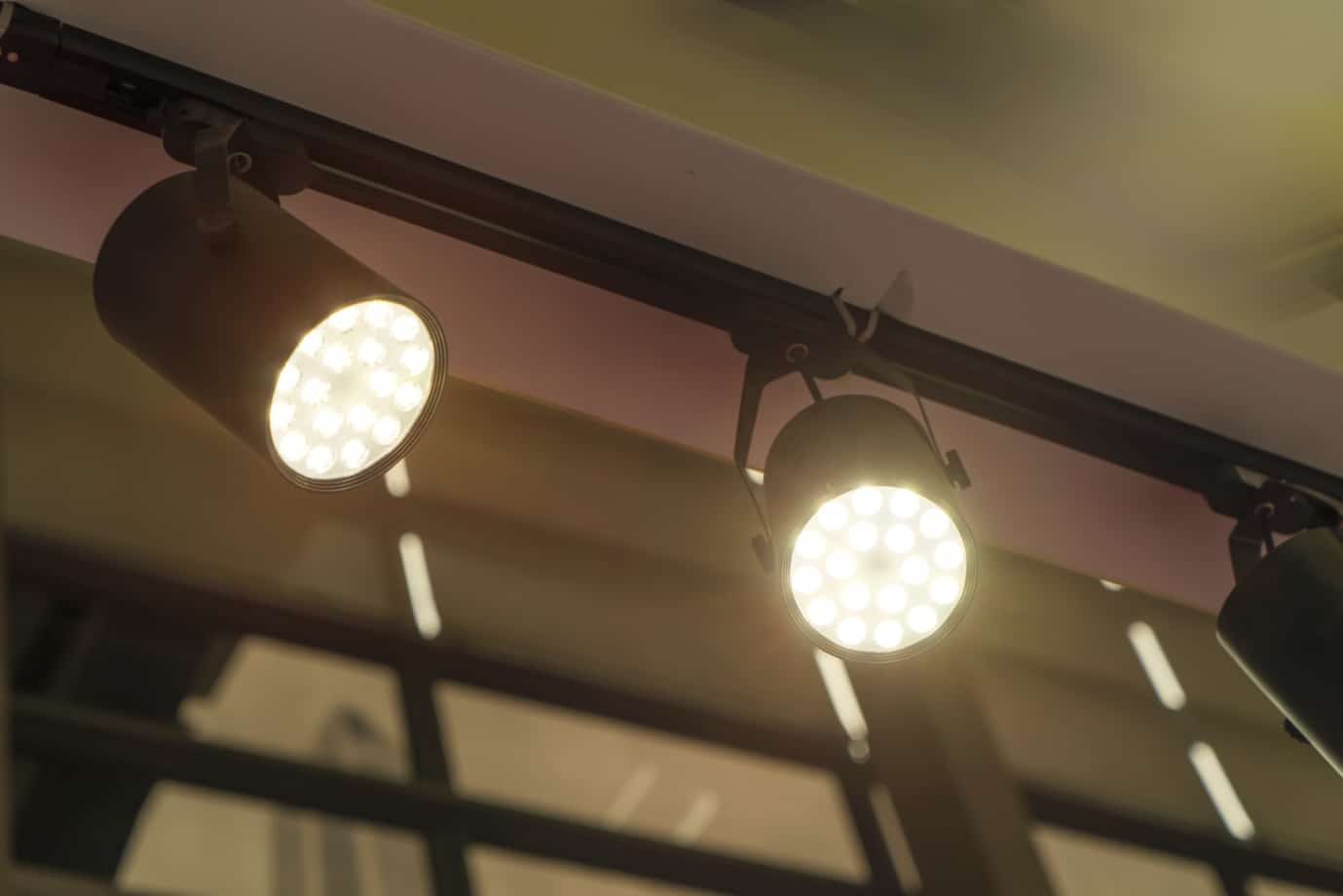Did you know that a normal light uses about 90% of its energy just turning on?
When we consider the implications and impact our choices have on the environment, doesn’t it make sense to move to more sustainable and cost-effective practices?
Keep reading to get the scoop on whether it’s worth switching to LED lights.
What is a Normal Light?
When we talk about a ‘normal light’, we’re referring to the ones a certain Thomas Edison patented in 1879. These bulbs have filaments that produce heat and light when energy moves through them.
In the case of these (and predominantly all lights) that energy is electricity. We refer to these as incandescent bulbs or globes. The funny thing is, light bulb design has barely changed, even after some 150 years.
The incandescent light bulb houses only a handful of small parts. Despite this, they’re not even remotely the most efficient way of illuminating our spaces anymore.
What’s the Difference Between a Normal Light and LED Lighting?
Technically, LED bulbs aren’t actually bulbs. LED stands for ‘light-emitting diode’. These diodes are tiny semiconductors wrapped in plastic to protect the elements within and help focus the light.
LEDs don’t even have wire filaments as a regular light does.
The primary difference comes in with the way energy is converted. Normal lights heat the filaments till they glow, but that takes a little while and the longer they’re left on, the hotter they get. Think about what it feels like standing under a spotlight. The heat you’re experiencing is all coming from the bulbs.
LED lights are illuminated by the movement of electrons through those little semiconductors, and these electrons barely generate any heat. Plus, they turn on instantly. No more waiting!
The Advantages of LED Lighting
When choosing to install new lights, there are several benefits of LED lighting to consider.
LED bulbs don’t get very hot at all, and they have a much longer life span than incandescent bulbs. Comparatively, they’re incredibly efficient. Per watt, LEDs put out more lumens (a unit used to measure visible light) than a regular bulb.
While LEDs are more expensive right off the bat than normal lights, the cost involved to run them is significantly lower over time, which makes them a better option.
A quick overview of the benefits of LED lighting will show us that LEDs have:
- An increased lifespan
- Better energy efficiency
- Improved Safety
- Dimming Capability
- Wide design flexibility
You just can’t beat that when choosing to light up your life!
What LED Options Are Out There?
We touched on the design flexibility of LEDs above, but how can they actually apply to everyday life?
Most times, the bulbs can accommodate a wider range of styles and shapes, and because of that, your options for indoor lighting become broader.
In modern applications, LEDs are also used for parking lot lights, strip lighting, and fairy lights. You also get a particular type of LED light that is used for display purposes, from street signs to alarm clocks.
Light Up Your Life
The uses and benefits of LED lights are endless, especially when we compare them to normal lights. Normal lights guzzle energy and come with some risk, especially because of how they conduct heat.
Why not make some energy-smart decisions and consider swapping out some of your light bulbs for some handy dandy LEDs?


Indeed It works